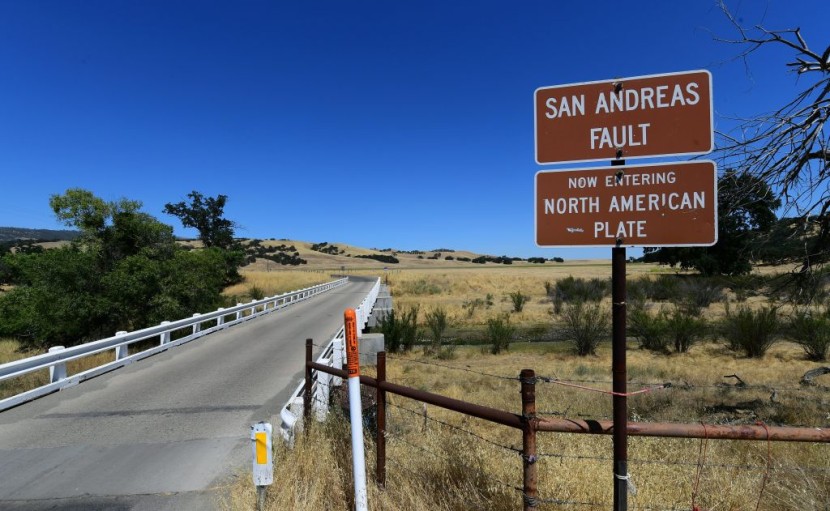
One of the influencers of increased tectonic and volcanic activity is the melting ice sheet with profound consequences on Earth. Climatologists are trying to grasp how changing weather condition is getting eccentric compared to weather before.
Ice sheets where they can be found are melting fast as the data from the World Meteorological Organization reveal sea ice is at a low level.
Compared to years back, the ice held in the Arctic is melting, which has been observed of late. Places like the Greenland Ice Sheet summit had rain, with variations of cold or rising heat all over the globe.
Rapid ice sheet melting alters Earth's crust
In 2015 to 2021, this will be the seven years wherein it would warmest, plus an increase in ocean sea levels per year for eight years straight; due to ice melting, according to the Express UK.
The weight of the ice sheets will push down on the crustal rock, causing a deformity, which alters the Earth's shape. The movement of the crustal rock is much like a tube of toothpaste. For example, Scotland did sink, and the English coastline is called for bulges that rose.
One of these processes is called isostatic rebound, wherein a land formerly weighed down is now rising. Fossils that were below sea level are now exposed in Norway, cites 6Park News.
Compared to Scotland, England is slowly subsiding and sliding to the North Sea. But Alaska has some parts emerging. In 2009, a media outlet reported that a family built a golf course from newly risen land from the sea.
Isostatic rebound is thought to cause earthquakes and volcanoes to act up, noted a study published in 2008, the journal Earth and Planetary Science Letters. The increased tectonic and volcanic activity has connected the pressure of the ice sheets.
According to a study, the Earth expands and subsides, published in 2008 in Earth and Planetary Science Letters, notes Xnewsnet.
Isostatic rebound generates tectonic, volcanic activity
Most earthquakes occur near the boundaries of tectonic plates, but more quakes are now happening far from the edges of the plates. Most of the downward pressure on the tectonic plates is not caused by a large glacier; that will generate a shake-up on inactive faults.
Erik Ivins spoke about it in 2015, and he said that glaciers held the tectonic stress together that keep monster quakes at bay. Once the ice starts melting away, the pressure is released.
The New Madrid quake is thought to have originated at a spot where magma tried to pour out, but the ice sheet's weight keeps an earthquake from occurring, notes World Today News.
The ice sheet was in place for a long time but now melting, let the mantle expand and bulge out. Complications in the crustal movement include isostatic rebound and other activities that cause quakes in places worldwide. Canada and the USA have had intraplate activity as well.
It is in the best interest of everyone to have the ice sheets intact, but that's out of mankind's hands, for example, the Greenland Ice flow is melting fast. More quakes are bound to occur.
The loss of the ice flows or ice sheets influences the increased tectonic and volcanic activity, but its loss cannot be stopped until another ice age comes to stabilize the Earth's crust once more.
Related Article: Mt. Etna Grows By 100-Feet After Several Months of Volcanic Activity








